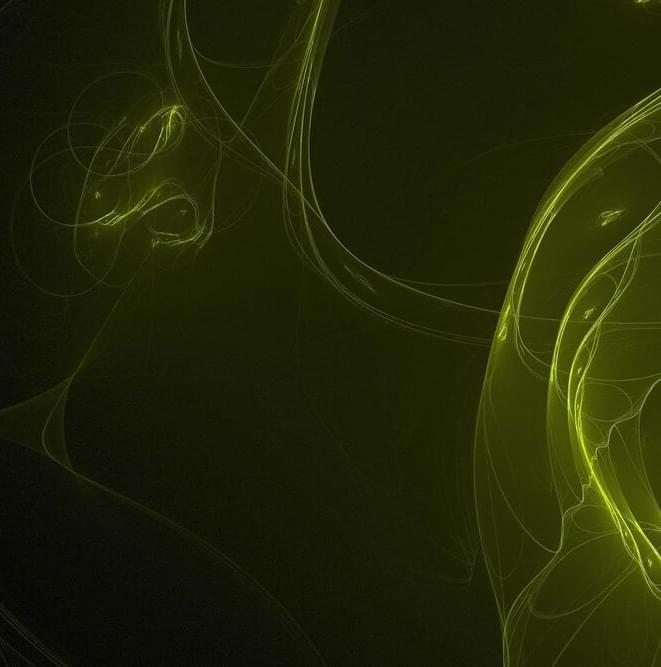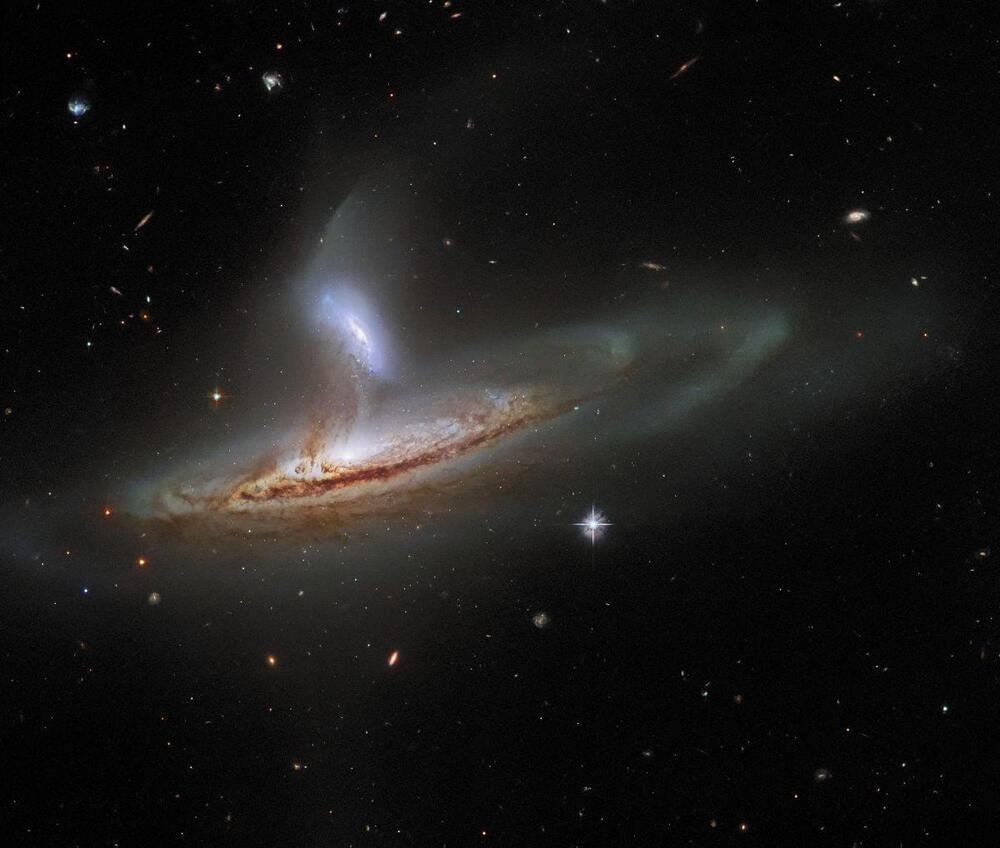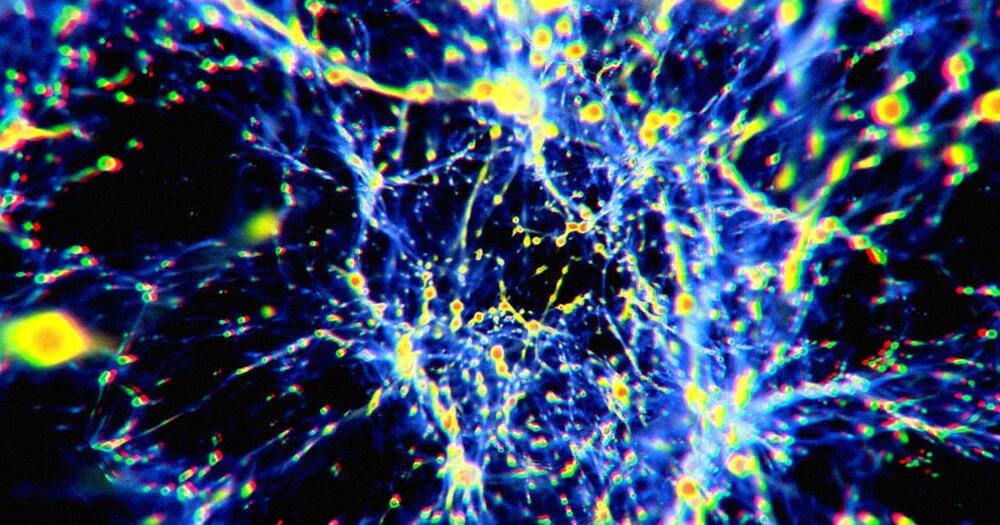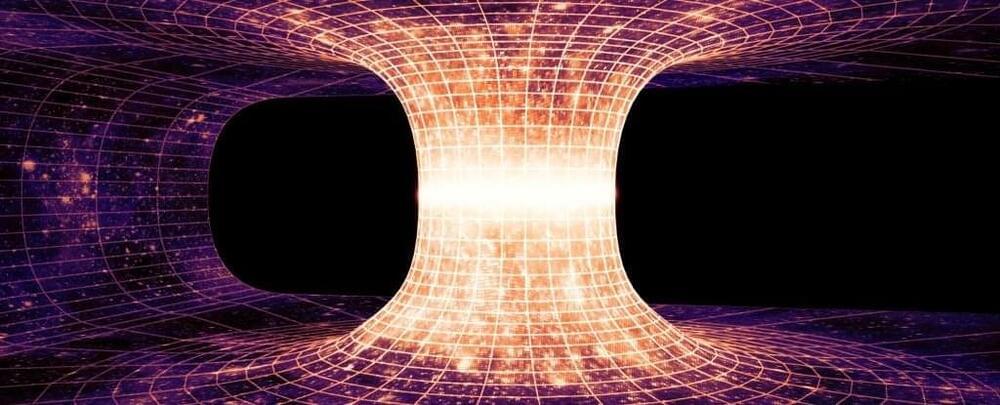Dark matter is one of the biggest mysteries in the universe. Scientists have not yet observed dark matter directly. But, studies have confirmed its existence due to its gravitational pull effects on stars and galaxies. However, what kind of particle it remains elusive.
In a new study, scientists examined how axions can be described mathematically. They then presented how they relate to the fundamental symmetries of the Standard Model of particle physics.
Scientists from Durham University and Kings College London have presented a theoretical review in a new study strongly supporting the search for axion dark matter.





